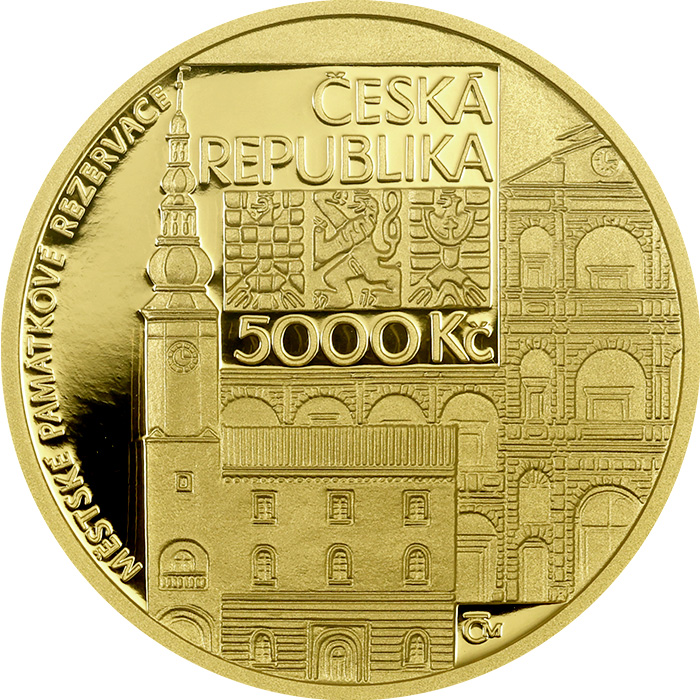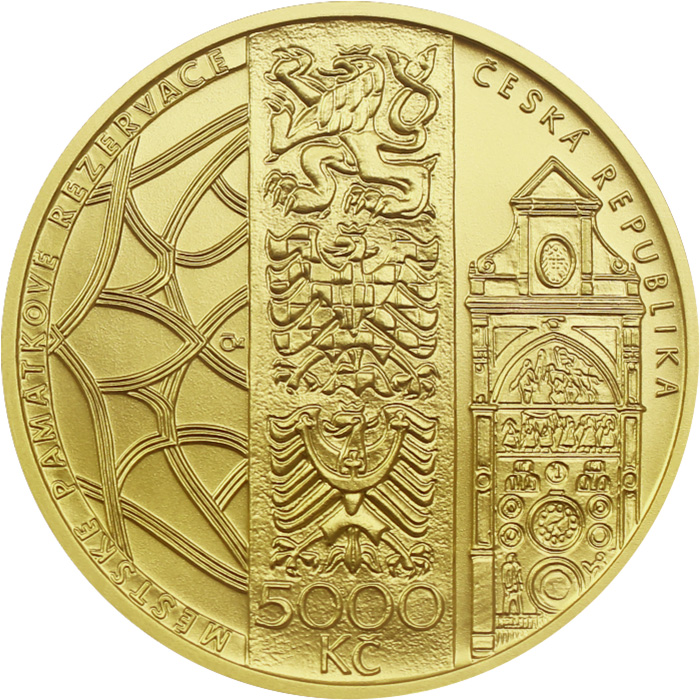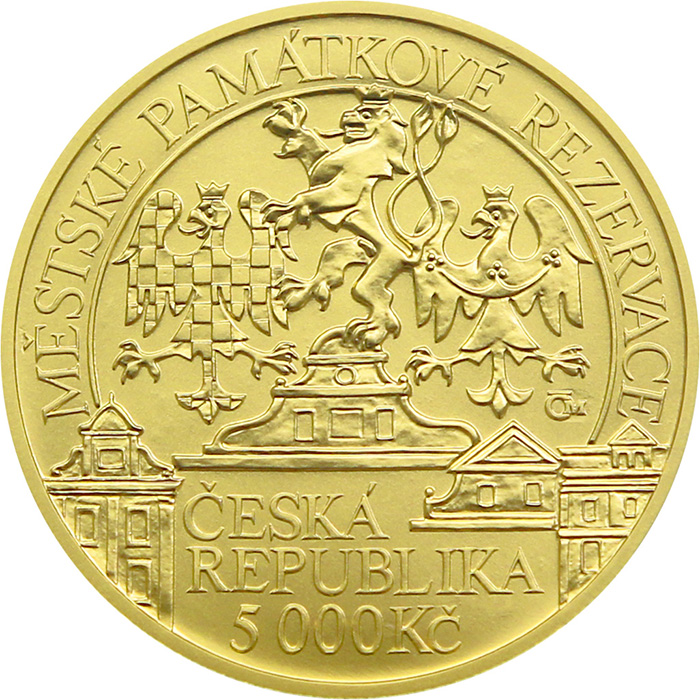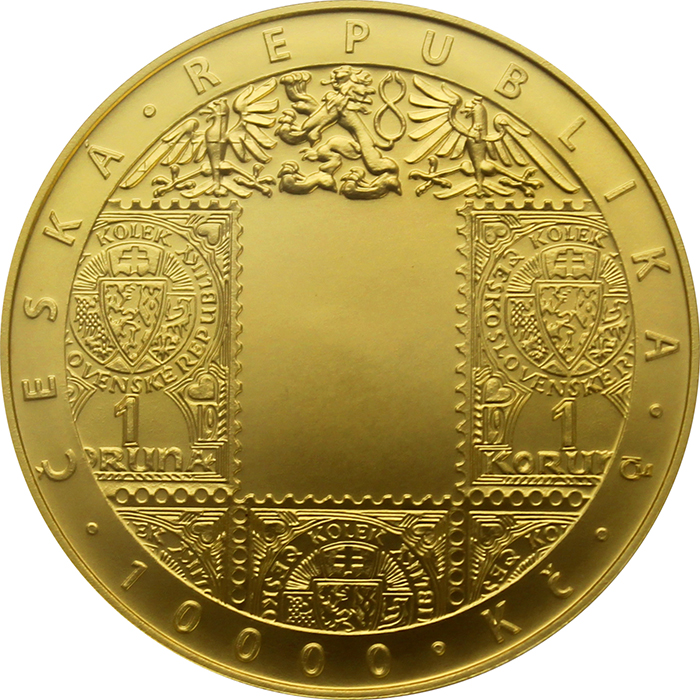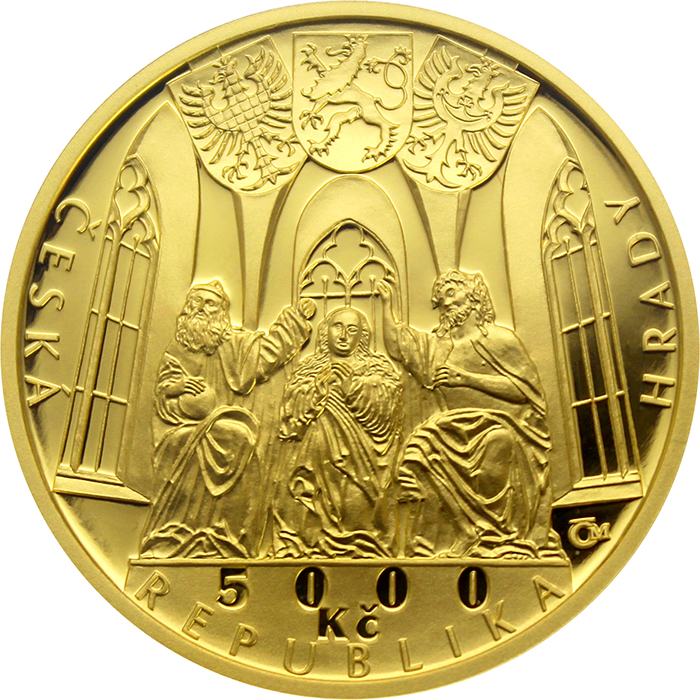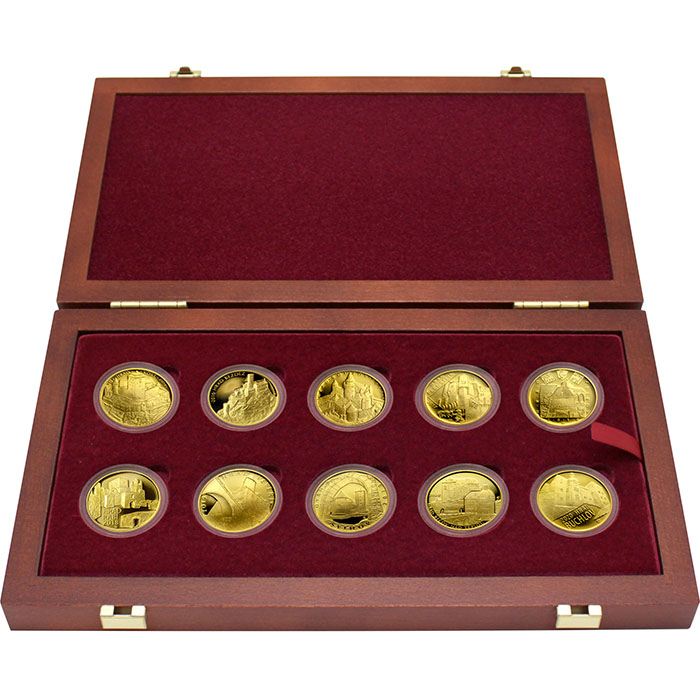Gold Coins of the CNB and Czechoslovakia
History of Czech and Czechoslovak Coins
Issuing commemorative coins has a long tradition in the Czech lands. The first coins were produced as early as the Habsburg-Lorraine dynasty. Czechoslovakia continued this tradition in 1923 with the minting of St. Wenceslas ducats at the restored Kremnica Mint. The authors of the designs were Otakar Španiel and Jaroslav Benda. While the young state began to issue circulation coins with a crown denomination, the St. Wenceslas ducats were assigned to the regime of so-called commercial coins. They were traded for their precious metal content, with no face value. Their issuance was discontinued in 1939 and today they are collector's icons. In 2017, the 1937 deciducat became the most expensive Czech coin, auctioned for a record CZK 14.7 million.
In post-war Czechoslovakia, St Wenceslas ducats were minted one last time. In 1951, a limited edition of 500 pieces was issued for international trade. It was not until 1978 that collectors saw the new Czechoslovak ducats, issued by the Czechoslovak state on the 600th anniversary of the death of Charles IV. Today they are again highly valued. They were designed by the top artists of the time, Zdeněk Kolářský (10D + 5D), Petr Formánek (1D) and Andrej Peter (2D).
In 1990, the right to issue Czechoslovak and later Czech coins passed from the state to the Central Bank. Today, Czech coins are issued by the Czech National Bank in regular five-year cycles. Gold coins are issued in denominations of CZK 5 000 and CZK 10 000 in standard (matt relief and matt mint face) and proof (matt relief and polished mint face) grades. The coins are minted from pure gold 999.9/1000. The issue mintage is determined by the CNB's contractual partners (among the largest of which are the Goldsmiths) by the amount of their orders. The Bank regulates the mintage by capping the mintage, the so-called "unsurpassable mintage", which is set at 15,000 gold coins per issue. About six months before the issue, the Bank accepts binding orders from its contractors, but does not publish the total cost until the day of issue to avoid speculation. The issue cost is one of the most important factors for the future value of a gold coin, besides the theme.
Cycles and sets of Czech gold coins:
10,000 CZK Extraordinary mintage: weight 1 Oz (31.103 g), issued irregularly since 2012 for the most important anniversaries of Czech history
CZK 5,000 Urban Monuments: weight 1/2 Oz (15.55 g), thematic cycle of ten coins issued twice a year within the EP 2021-2025
5 000 CZK Castles of the Czech Republic: weight 1/2 Oz (15,55 g), thematic cycle of ten coins issued twice a year within the EP 2016-2020
5 000 CZK Bridges of the Czech Republic: weight 1/2 Oz (15,55 g), thematic cycle of ten coins issued twice a year within the EP 2016-2020
2 500 CZK Cultural monuments of technical heritage: weight 1/4 Oz (7.78 g), thematic cycle of ten coins issued twice a year within the EP 2006-2010
2,000 CZK Ten Centuries of Architecture: weight 1/5 Oz (6.22 g), thematic cycle of ten coins issued twice a year within the EP 2001-2005
Charles IV set: face value 1,000 CZK, 2,500 CZK, 5,000 CZK and 10,000 CZK, weight 1/10 Oz (3.11 g), 1/4 Oz (7.78 g), 1/2 Oz (15.55 g) and 1 Oz (31.103 g), issued in 1998-1999
Czech Crown set: denomination CZK 1,000, CZK 2,500, CZK 5,000 and CZK 10,000, weight 1/10 Oz (3.11 g), 1/4 Oz (7.78 g), 1/2 Oz (15.55 g) and 1 Oz (31.103 g), issued in 1995-1997
See a clear chronological list of gold commemorative coins issued by the Czech National Bank.






